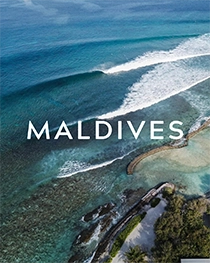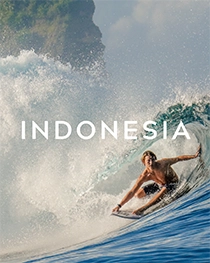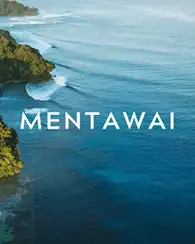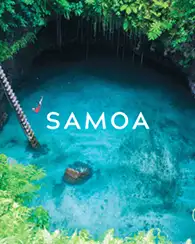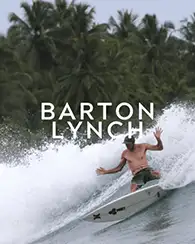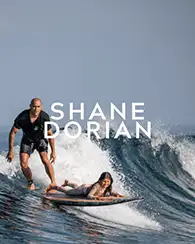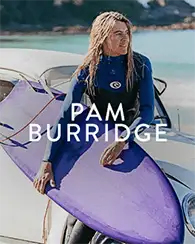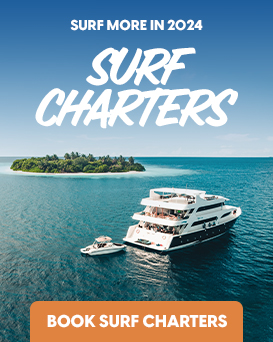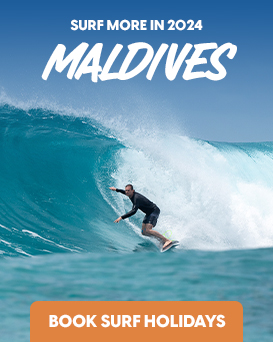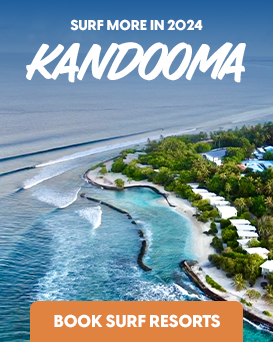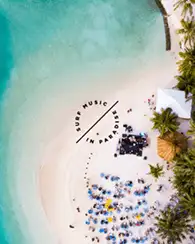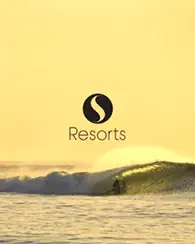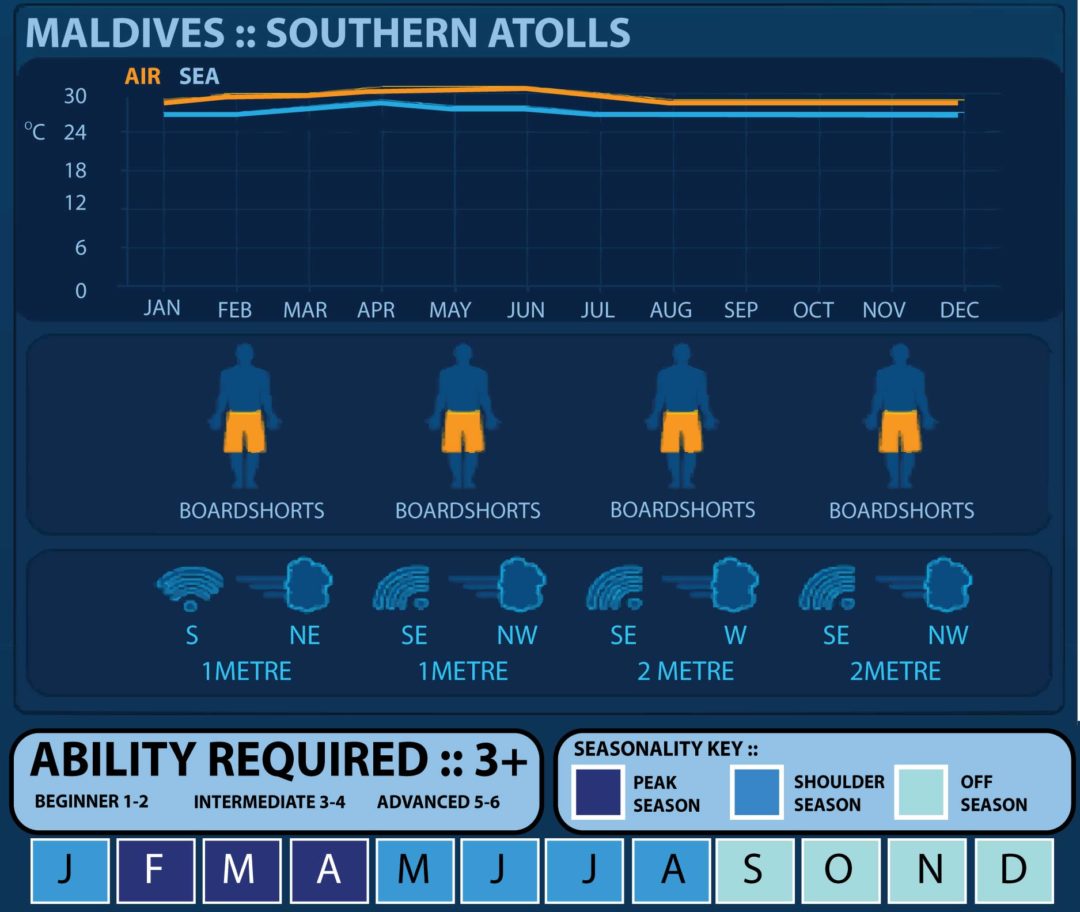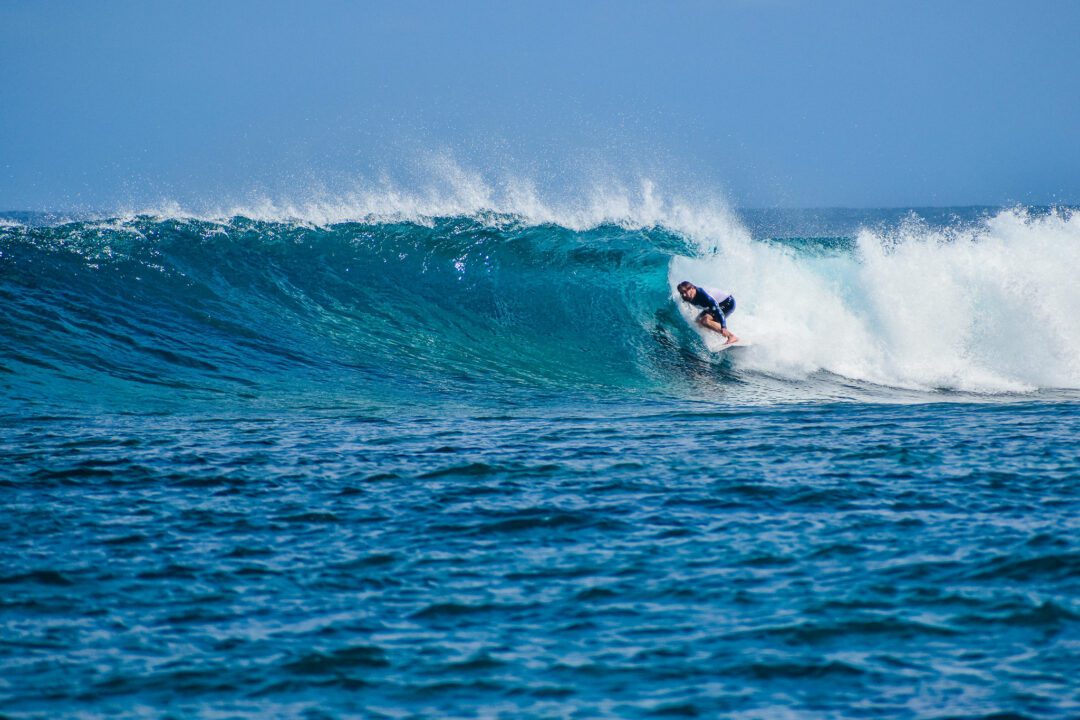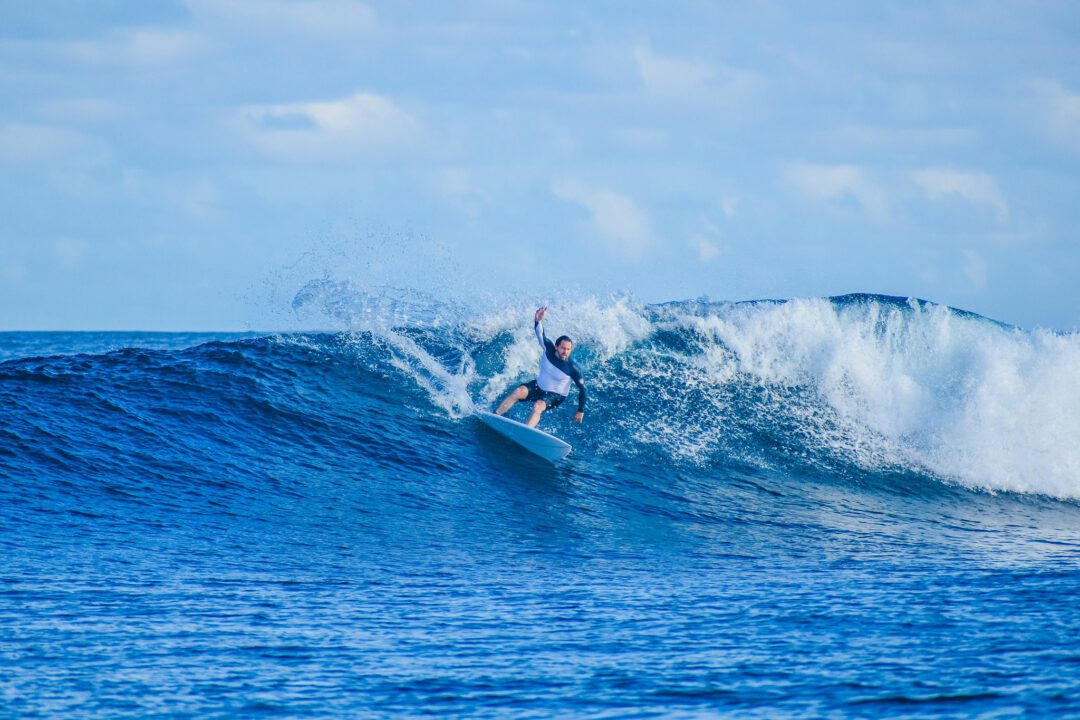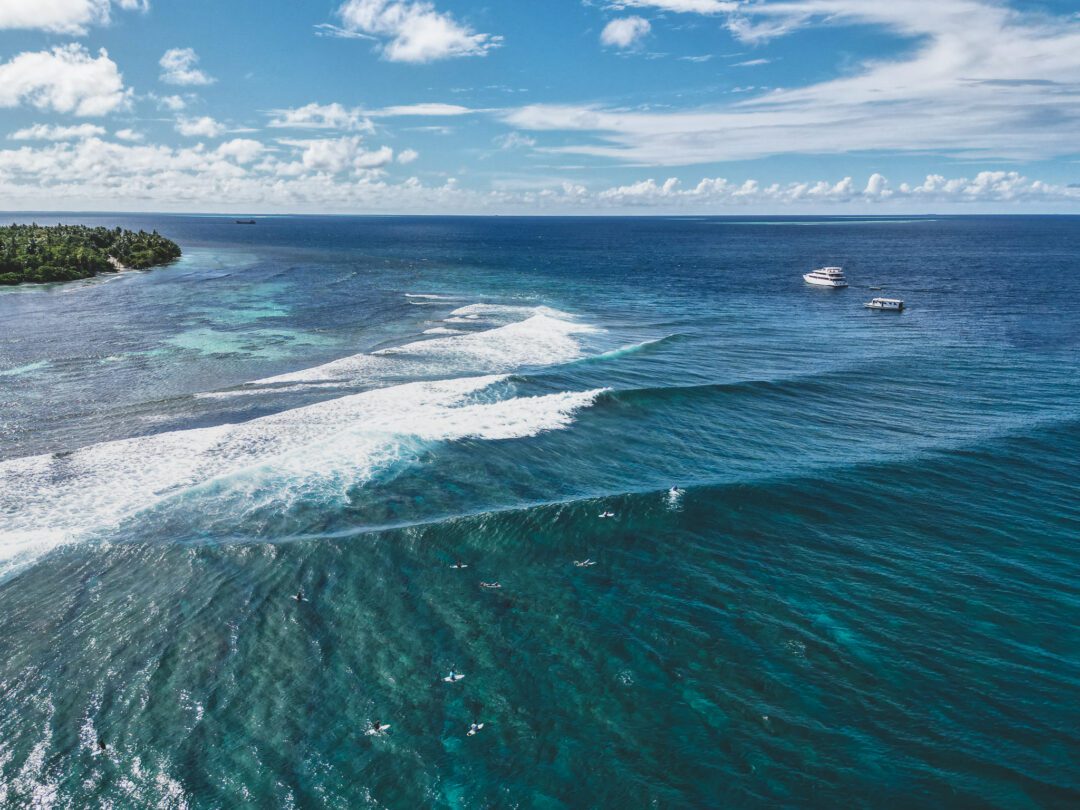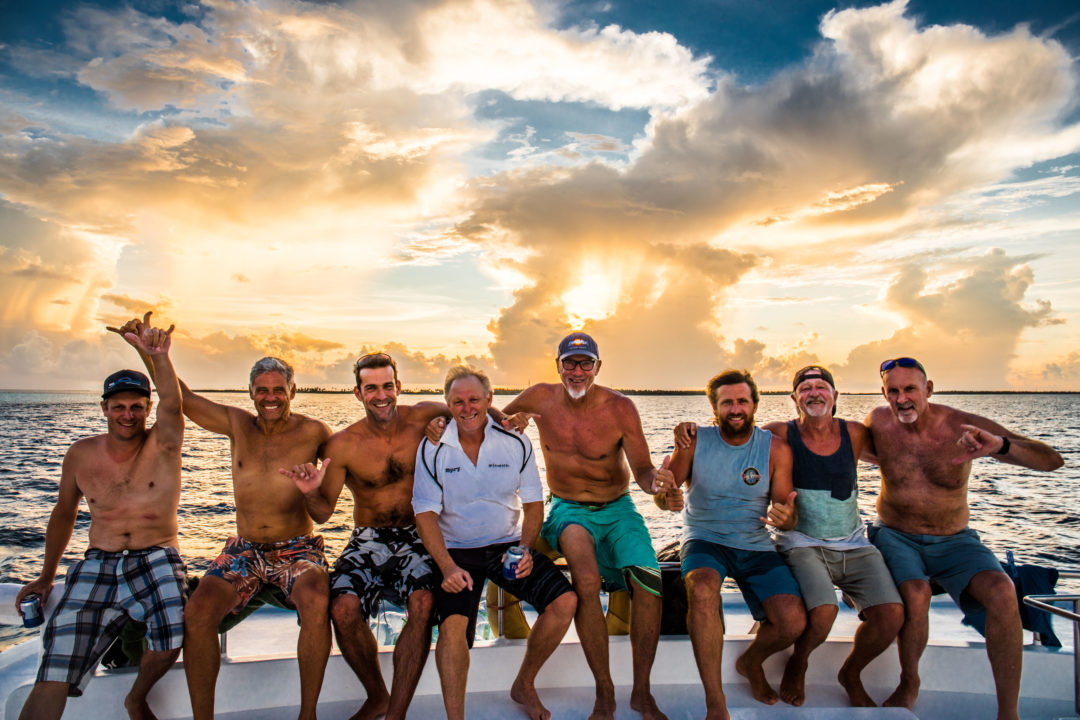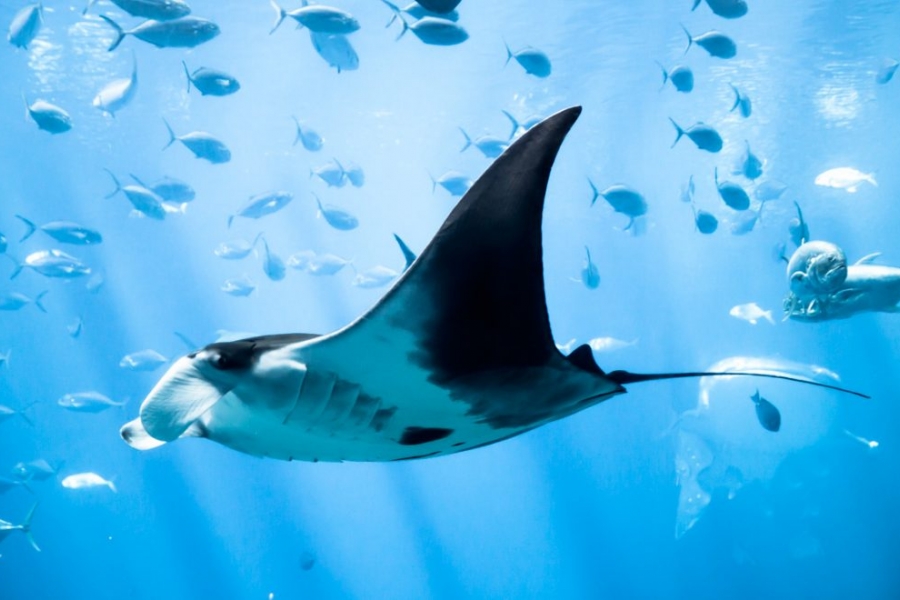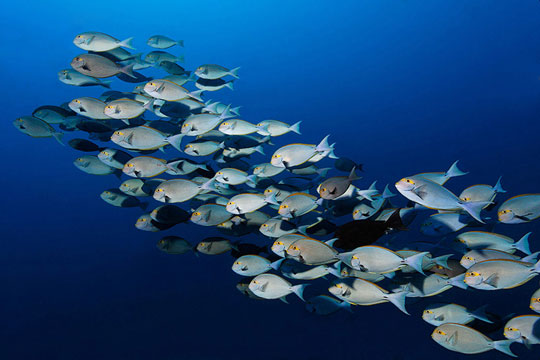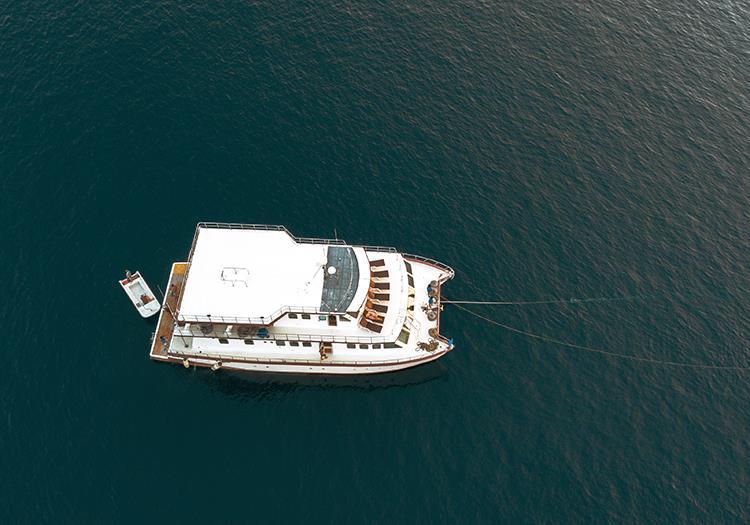Southern Maldives Surf Guide
A large concentration of breaks within a short distance has meant that the best way to surf this region is by boat charter. Beacons is probably the best-known wave and features Indonesian style power and perfection. Other quality waves like Five Islands, Blue Bowls and Love Charms are more user-friendly. There are also other secret spots that make this an exciting surf frontier great for surfers willing to test their limits.
The Maldives are Open for International Arrivals!
The Maldives have a unique geography where each resort is on its own island, a form of natural isolation. This is the basis for Covid-19 Safe Procedures that balance the needs of international travellers, the local tourism industry and the health of all. This world-leading approach shows the way forward for travel and tourism based on living with the virus, minimising risk yet still getting on with life and business.
To read more about the current situation and procedures for travel to the Maldives, read the latest here.
What we love
Remote and uncrowded waves and great waves for intermediate and advanced surfers, including heavy Beacons
Stunning, luxurious resorts situated perfectly to access all south facing surf breaks.
Surf charters with experienced crew to maximize your surf time
Stunning underwater life and fishing.
Where to surf
Beacons
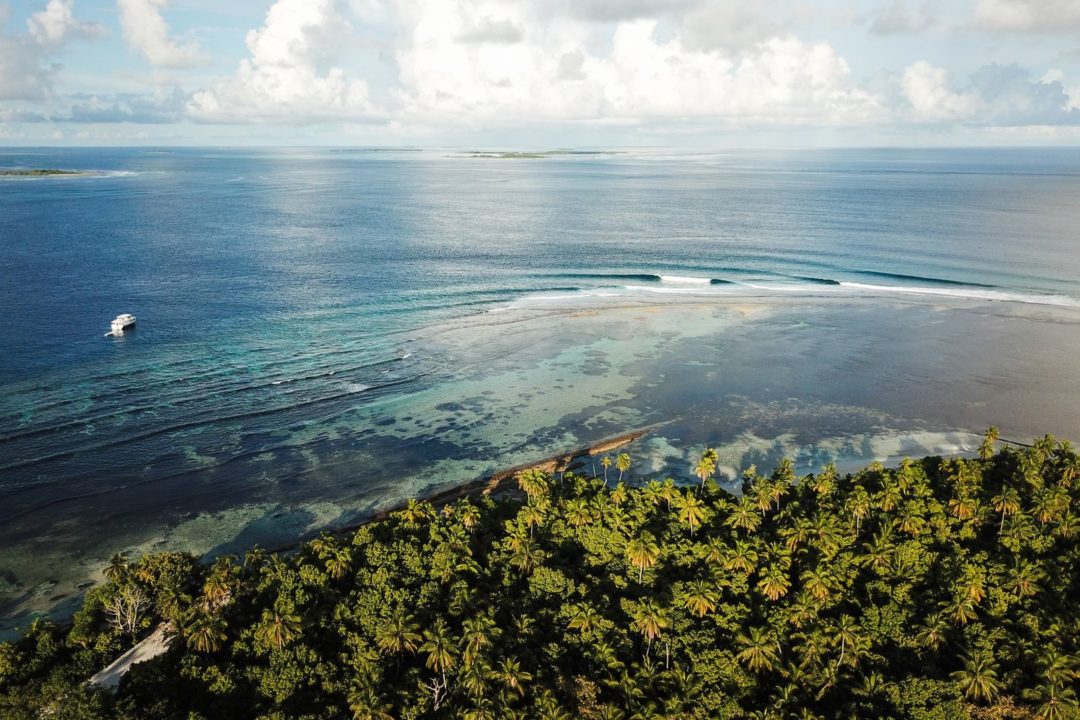

Blue Bowls or Voodoos
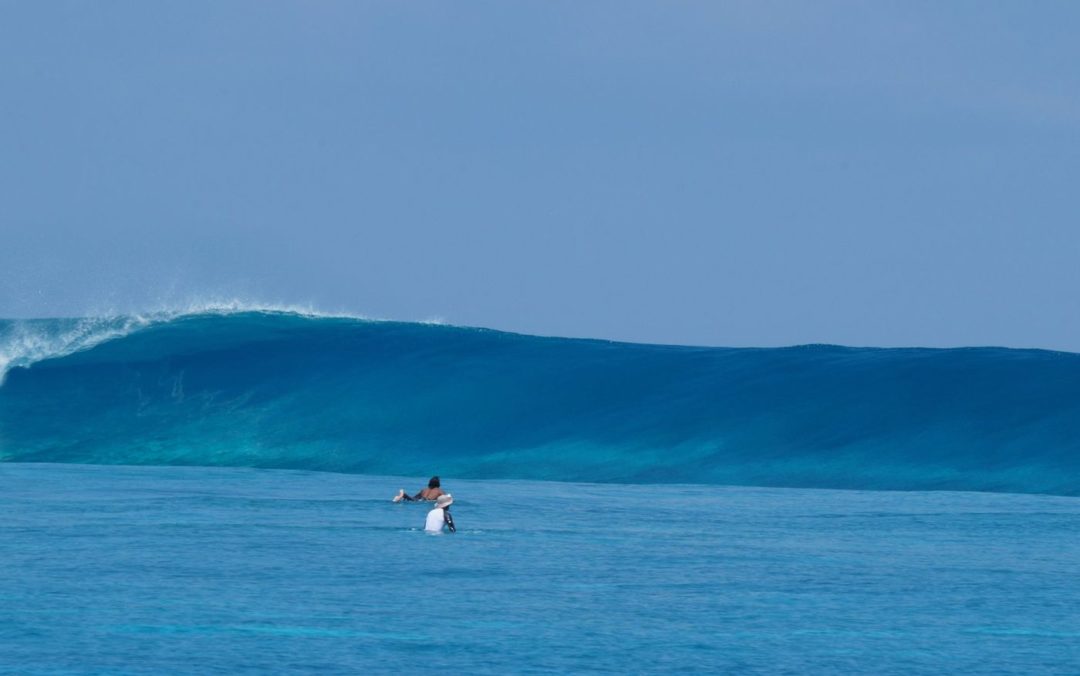

Love Charms
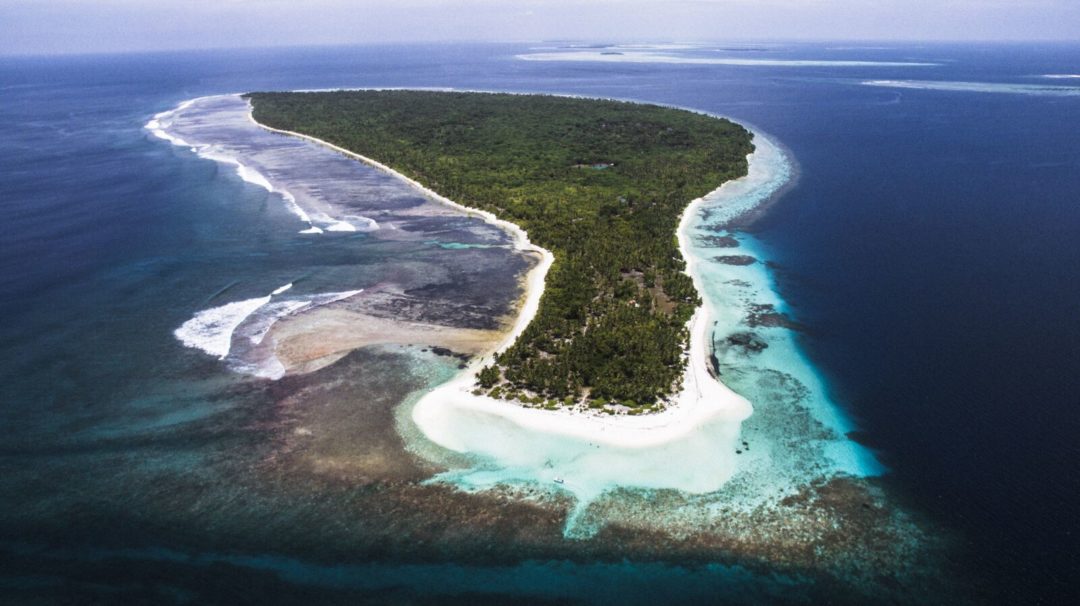

Antiques
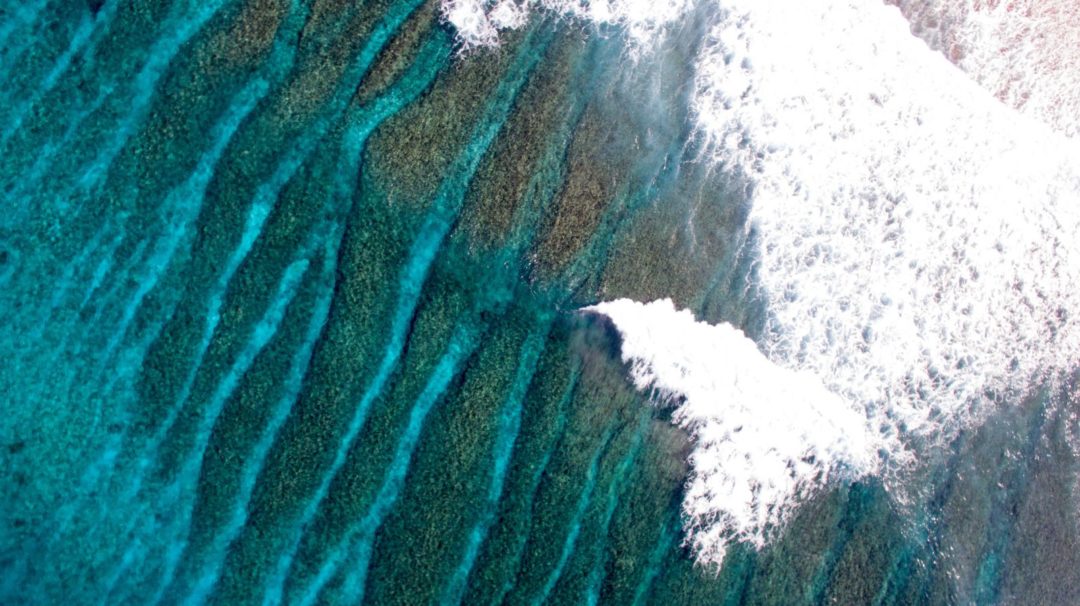

Tiger Stripes
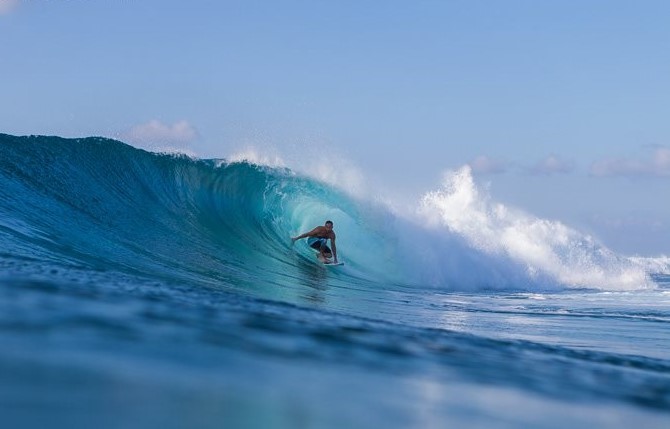

Five Islands
Five Islands is another righthander that breaks hard and hollow on the shallow reef inside. The outside section encourages deep takeoffs into racy walls and handles the biggest swells at all tides.
When to go
Due to wind conditions these atolls are best surfed either from February to April or September to November. During the traditional peak swell season of May to August, the trade winds are strong and make this area difficult to run surf charters, but with Ayada resort now offering surf transfers you can surf all year round. Expect a great variety of reef breaks differing in intensity from quite mellow and enjoyable shreddable walls to hollow, sucking dry pits. Being reef passes strongly affected by tides strong rips will also be a feature of most surfs.
Attractions
The Maldives is one of the best places in the world to spot manta rays and whale sharks; this should be more than enough to convince anyone to travel there, but there is more. Reef sharks including whitetip and grey reef are quite common, together with big tunas, Napoleon fish, eagle and stingrays. Resorts offer diving course, while big game fishing, sailing, snorkeling and canoeing are a few of the activities that allow full immersion in one of the beautiful marine eco-system on the planet.
The Country
The Maldives is made up of 1192 miniscule islands called atolls spread over 800 km from north to south and straddling the equator. Roughly one hour’s flights southwest of Sri Lanka or 4hrs from Singapore, most of the atolls are idyllic, sun-drenched, palm-fringed Gilligan’s Island style set ups. Countless pristine, white, sandy beaches are surrounded by shallow, crystal clear lagoons and vibrant live coral reefs perfect for diving. This is life stripped down to simplicity – bright blue skies, year-round sunshine and fantastic diving and snorkeling in lagoons the temperature of bath water. The Maldives is the smallest Asian country in terms of both population and area; it is the smallest predominantly Muslim nation in the world. With an average ground level of 1.5 metres above sea level, it is the lowest country on the planet. It is also the country with the lowest high point in the world, at 2.3 metres.
Getting There
Fly into the capital Male’s Velana International Airport (MLE) from all the major airports including Dubai, Singapore, Bangkok, Kuala Lumpur, Paris, London, Hong Kong and Sydney. From there it a a day’s sail by charter boat or short domestic flight to the outer atolls or short speedboat or seaplane flight to the resort.





